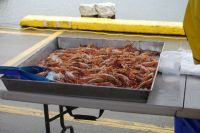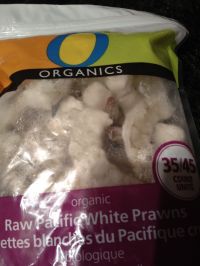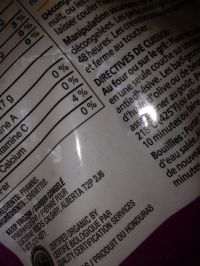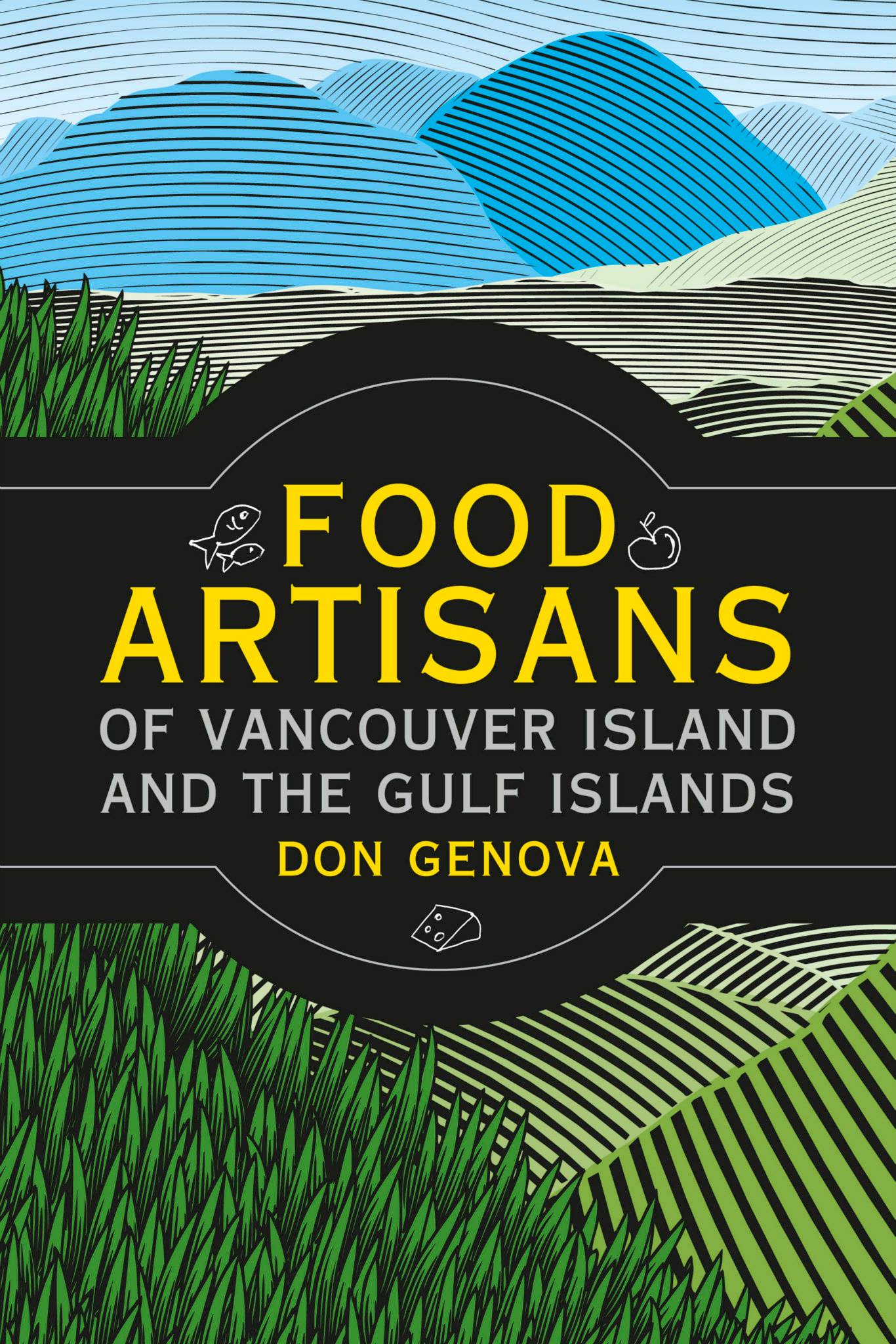 Spot Prawns
Spot Prawns
There is nothing small about the world-wide shrimp industry. Every year billions of dollars worth of shrimp are consumed, many of them having been produced in farms in third-world countries. And we happily gobble them down, without much thought about the consequences to the environment, and the people who farm the shrimp. I’ve started looking into shrimp situation and discussed it today on Food Matters.
The latest Government of Canada stats I could find about this put us at about 5 pounds a year of shellfish, which includes shrimp. Personally, I know I am above that because I love eating BC spot prawns and I’m sure I put away more than that each year…but the government stats from 2009 say about 5 pounds.
We import about 560 million dollars worth of shrimp every year while we export about 270 million dollars worth of shrimp. Why do we import more than we export? Because we like cheap shrimp. Most of the shrimp we import are farmed in third world countries where labour and land costs are low. Where environmental concerns are not so important and the monitoring of issues like chemicals used in shrimp feed and the ponds they grow in is not nearly as stringent as it would be in North America. I’ve been reading quite a bit about shrimp farming and it’s pretty scary stuff. Mangrove forests on the ocean shores are being chopped down and bulldozed to create ponds to grow shrimp. The ponds are then sterilized of other sea life using powerful chemicals and because growing shrimp so intensively can lead to disease, the shrimp are often sprayed or fed antibiotics and fungus killers, some of which stay in their systems when they are harvested. The people who work in these shrimp farms are often exploited through low wages and poor working conditions, and puts people in the more lucrative wild shrimp industry out of work. That’s it in a nutshell…but there’s a lot of material out there if you want to learn more, including a new book by New Zealand-based journalist Kennedy Warne called ‘Let Them Eat Shrimp: The Tragic Disappearance of the Rainforests of the Sea.’
You will find farmed shrimp everywhere in grocery stores that you see pre-packaged frozen or previously-frozen shrimp or Tiger prawns, they are most likely imported from Asia or Central American countries like Honduras, and they are cheap. Most restaurants serve cheap imported shrimp, that’s how they can offer those great all-you-can-eat deals. But there are those environmental and human costs that don’t show up in the price.
If you are concerned, the first thing you can do is stop eating farmed shrimp from any Third World country. Then read more about it, and if you still want to eat shrimp, eat BC shrimp, especially those that are caught by traps and not by trawls, because trawling for shrimp creates its own problems with by-catch and destruction of habitat. We do export a lot of our shrimp, as I said before, 270 million dollars worth. It gets exported because people overseas in countries like Japan are willing to pay more for high quality, wild shrimp. If we were willing to pay more for shrimp, more of them would be consumed here in Canada and I know from talking to a local shrimper, he would be more than happy to sell more shrimp to folks here. And because he takes very good care of the product when he freezes it, the quality when you thaw is always excellent.
 Shrimp package front
Shrimp package front
How do we know what we’re getting? My standard answer is to ask questions, find a reputable fishmonger, because the people that stock the frozen bags of shrimp in grocery stores probably won’t know much about them. Earlier this week at Safeway I was looking at bags of ‘organic shrimp’. These are a product of Honduras as stated on the label, so they are farmed, and they have a very generic sounding certification on the package. Certified Organic by ‘Quality Certification Services’, it says. I looked up the website and although they are certified by the USDA let’s just say the website doesn’t leave me with a lot of confidence as to their practices…such as this line about the company’s requirements: QCS ‘strives’ to use qualified and trained
 Shrimp package back
Shrimp package back
inspectors. To me that should read QCS ONLY uses qualified and trained inspectors. Here in BC there are six species of shrimp caught commercially and you can read about them on this Department of Fisheries webpage.
Tonight I’m off to a special Slow Food Event at the London Chef here in Victoria where I’m going to learn more about shellfish and bivalves including some words of wisdom from Dr. John Volpe at the University of Victoria and I will tell you all about that next week.



Pingback: Eat When Pregnant Shrimp | What not to eat when pregnant
Came across your website while searching “Vancouver Island Slow food movement” – you have some very interesting stuff Don! I have favourited your blog and will check back often 🙂
Pingback: Food Matters - Safeway, McDonald's Go Sustainable!